Cologuard Yucca – Yucca filamentosa
Overview: Cologuard Yucca, scientifically known as Yucca filamentosa, is a robust and striking perennial succulent native to the southeastern United States. Known for its sword-shaped leaves with filamentous edges and tall spikes of creamy white flowers, this yucca is an excellent choice for adding architectural interest to gardens and landscapes.
Typical Uses:
Cologuard Yucca serves various purposes in garden and landscape design:
- As a focal point or specimen plant in xeriscapes and rock gardens, providing dramatic structure
- In border plantings or as an accent in mixed beds, adding texture and vertical interest
- For erosion control on slopes and sandy soils due to its deep and extensive root system
- In containers and large planters, bringing a bold, architectural element to patios and entryways
Establishment and Care Instructions:
Planting: Select a site with well-drained soil and full sunlight. Dig a hole slightly larger than the root ball and at the same depth. Place the plant in the hole, ensuring the top of the root ball is level with the soil surface. Backfill with soil and water sparingly.
Watering: Water the plant thoroughly after planting. Once established, Cologuard Yucca is highly drought-tolerant and requires minimal watering, typically only during prolonged dry periods.
Pruning: Remove dead or damaged leaves as needed. Cut back spent flower stalks after blooming to maintain a tidy appearance and encourage new growth.
Fertilizing: Cologuard Yucca generally does not require fertilization. In poor soils, a light application of a balanced fertilizer in spring can support growth, but over-fertilizing should be avoided.
Special Features and Usage:
Cologuard Yucca offers several distinctive features:
- Foliage: Thick, sword-shaped leaves with curly, filamentous edges form a dramatic rosette, providing year-round structure and interest.
- Flowers: Tall spikes of creamy white, bell-shaped flowers bloom in late spring to early summer, adding vertical interest and attracting pollinators.
- Drought Tolerance: Highly drought-tolerant once established, making it ideal for xeriscaping and low-water landscapes.
- Low Maintenance: Requires minimal care once established, including little to no pruning and is resistant to pests and diseases.
- Adaptability: Thrives in a variety of soil types, including sandy and rocky soils, and is tolerant of heat, cold, and poor soil conditions, making it a versatile addition to many garden settings.

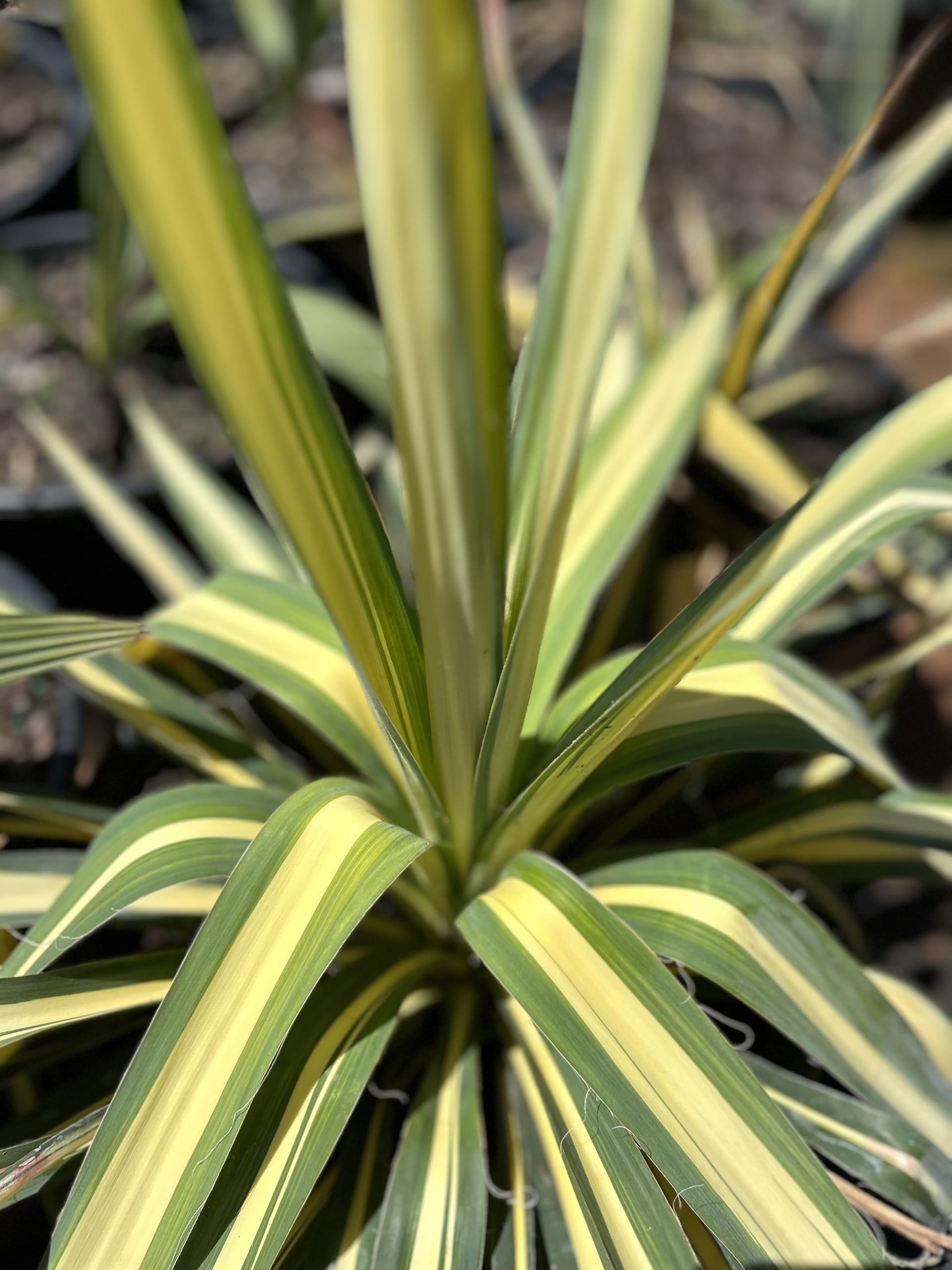
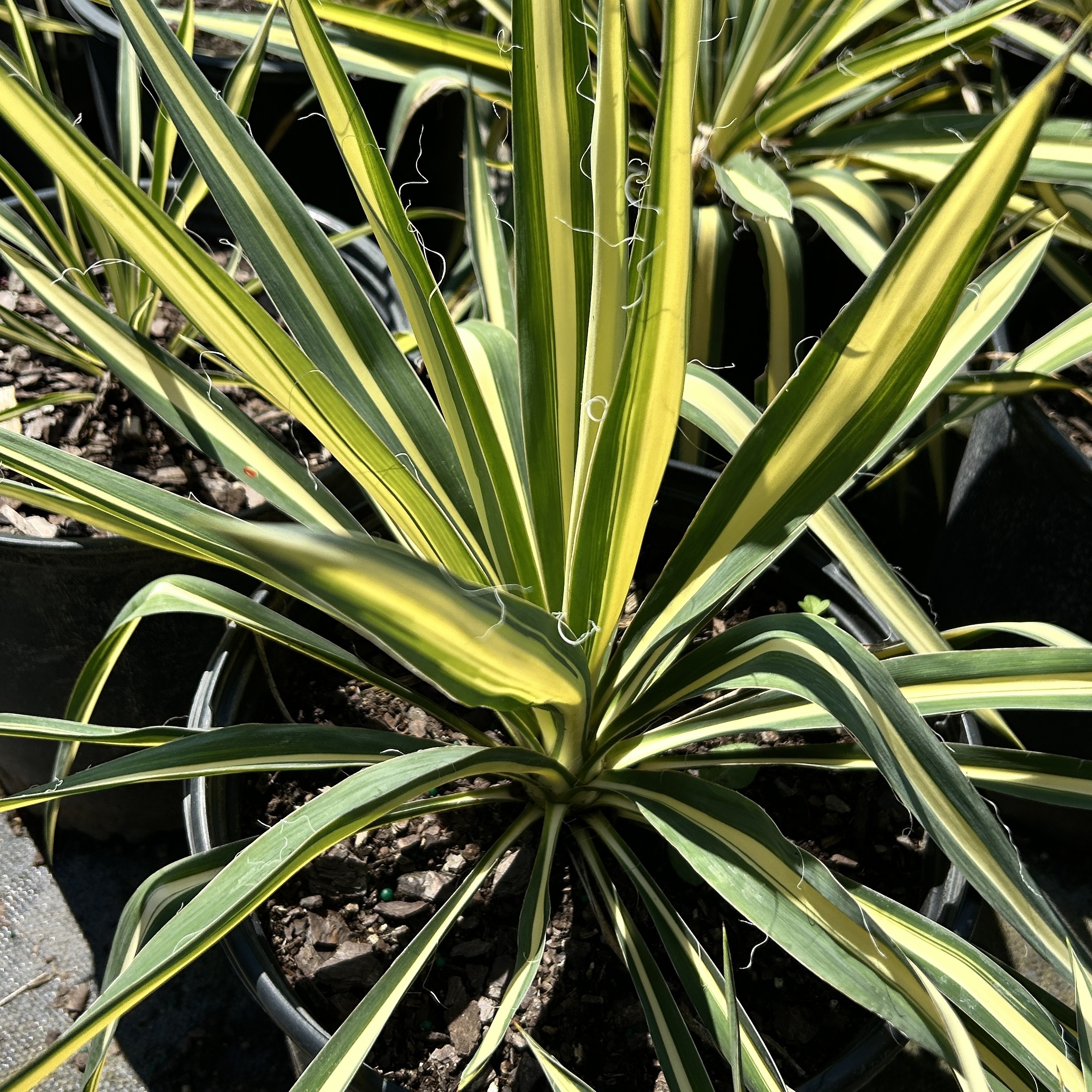
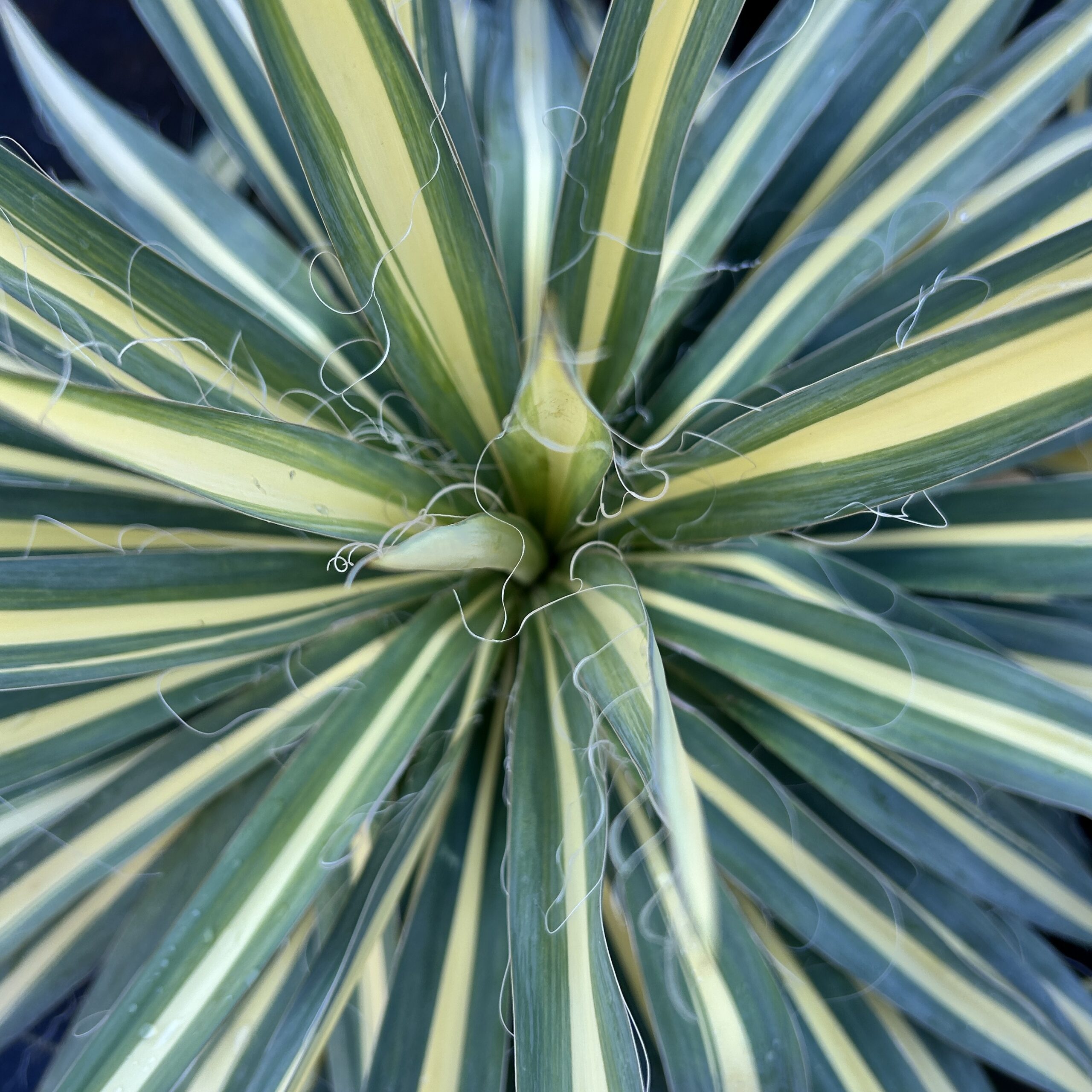

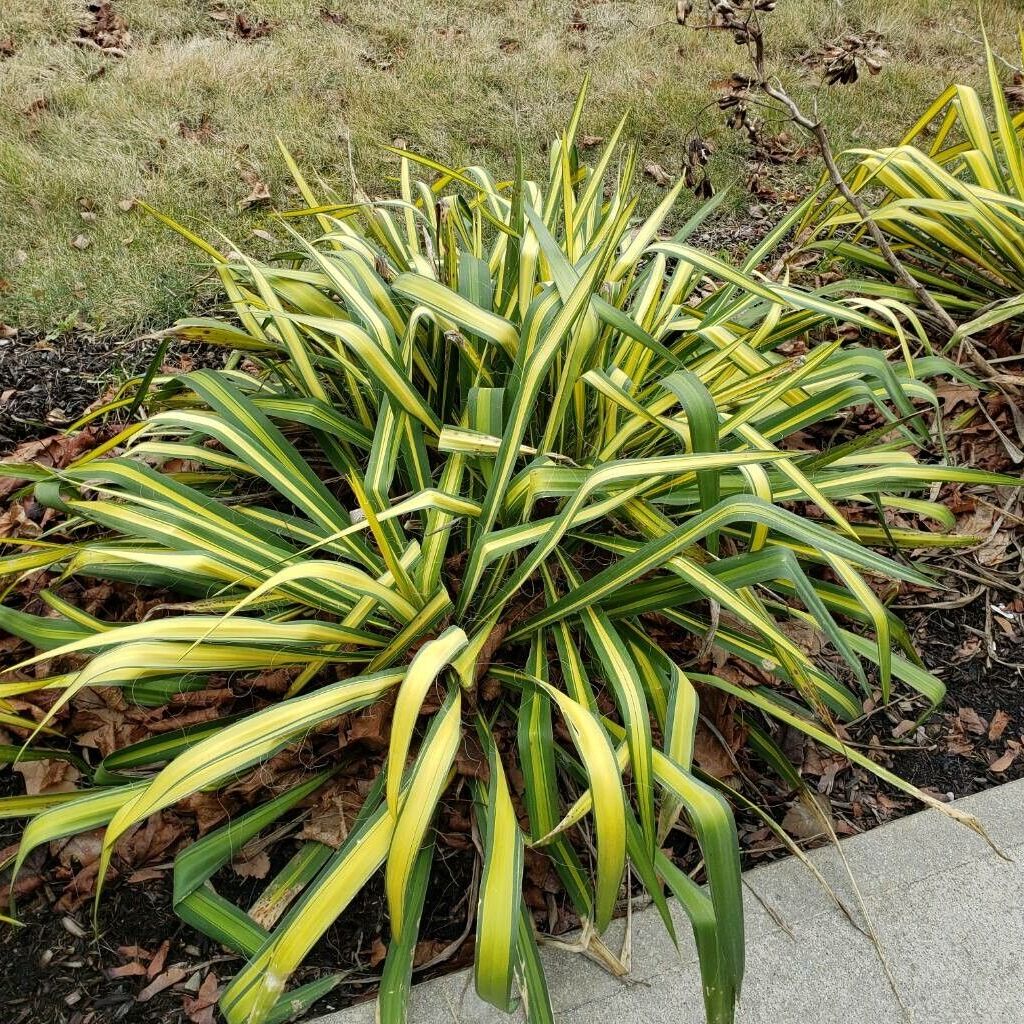

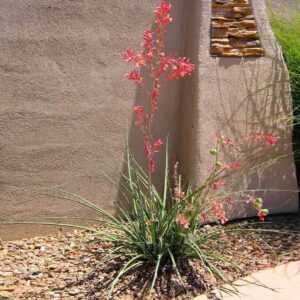

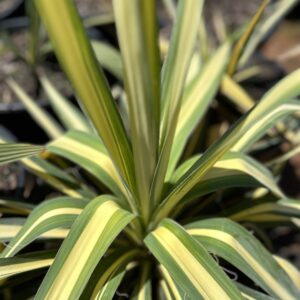
Reviews
There are no reviews yet.